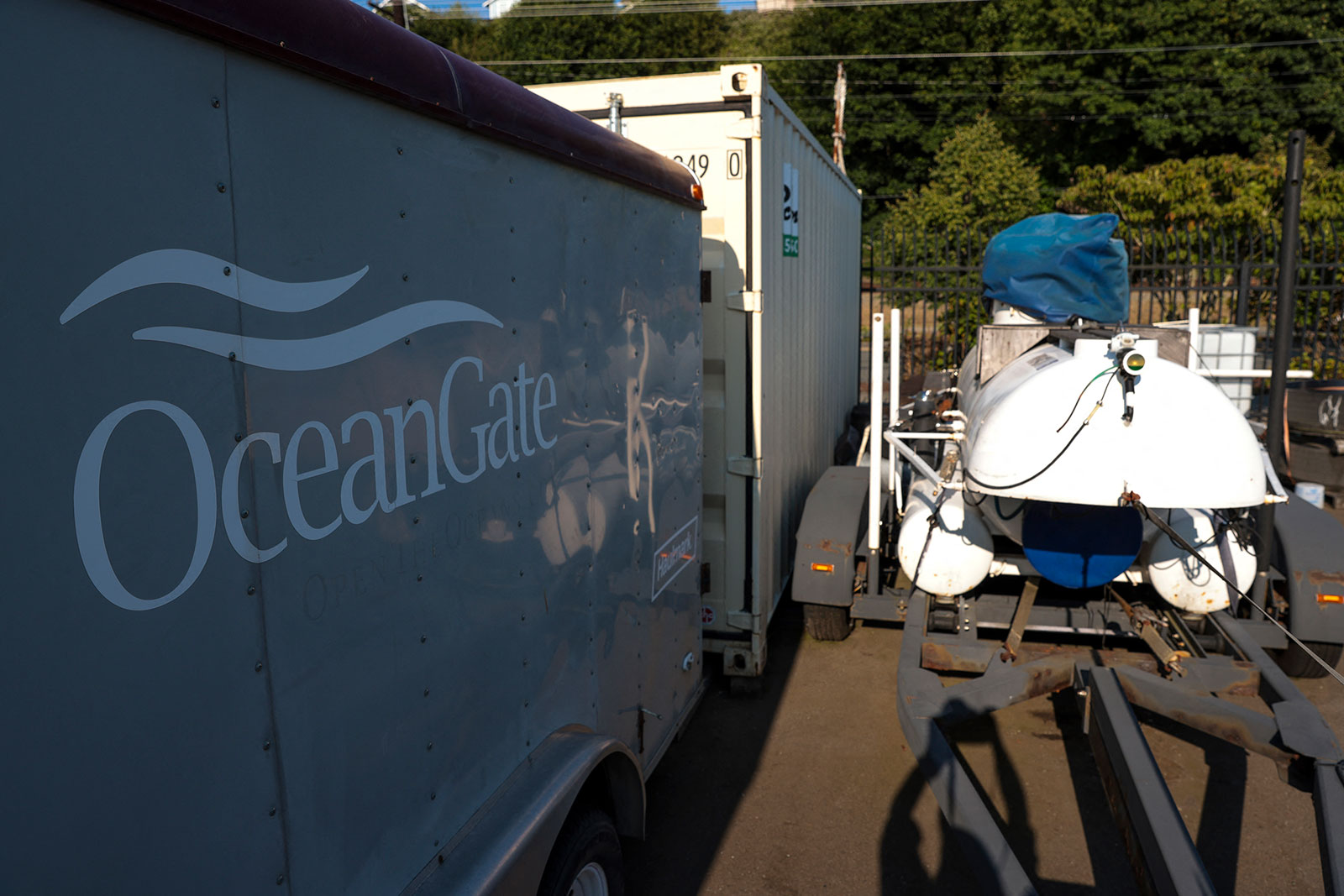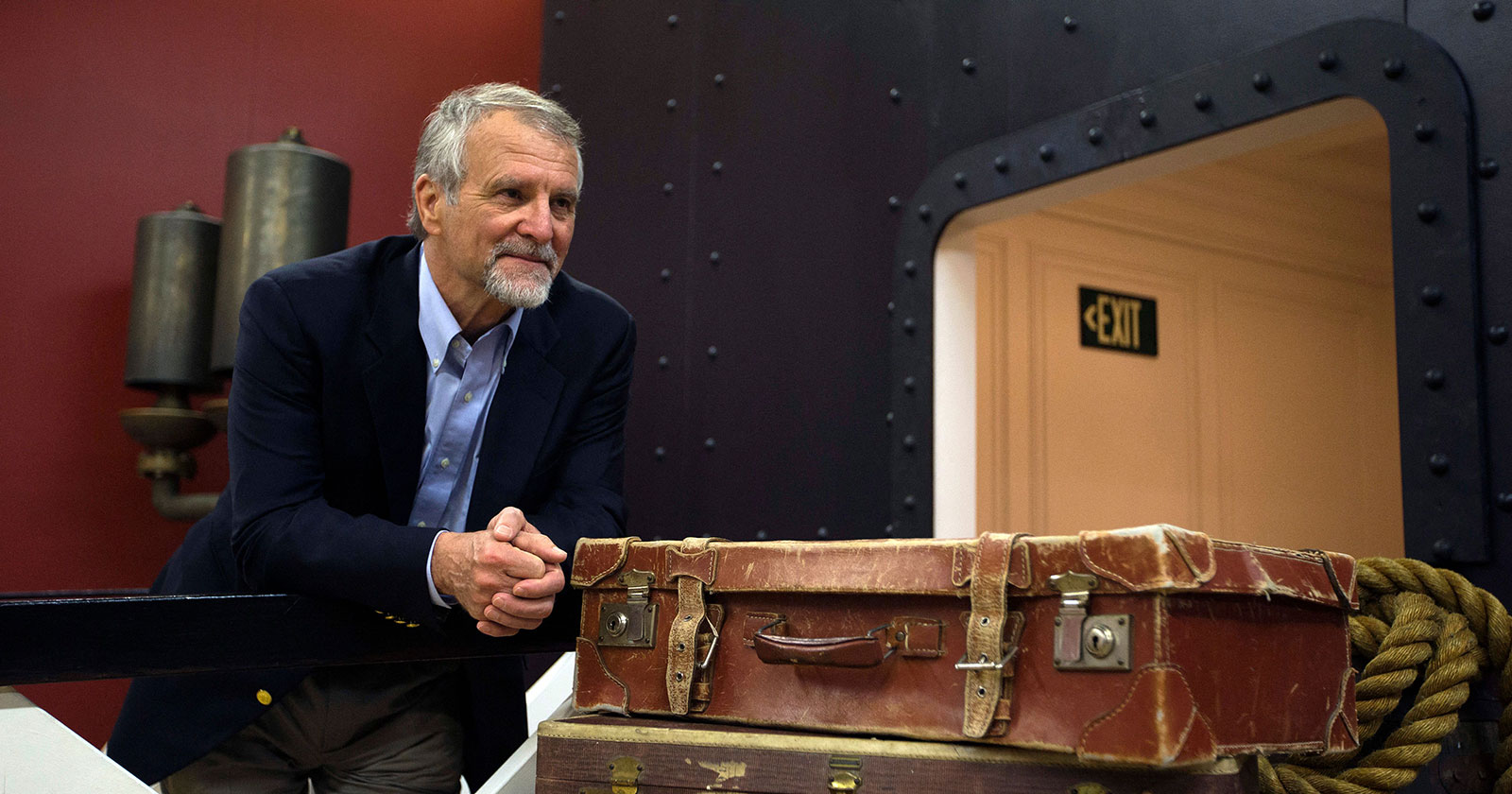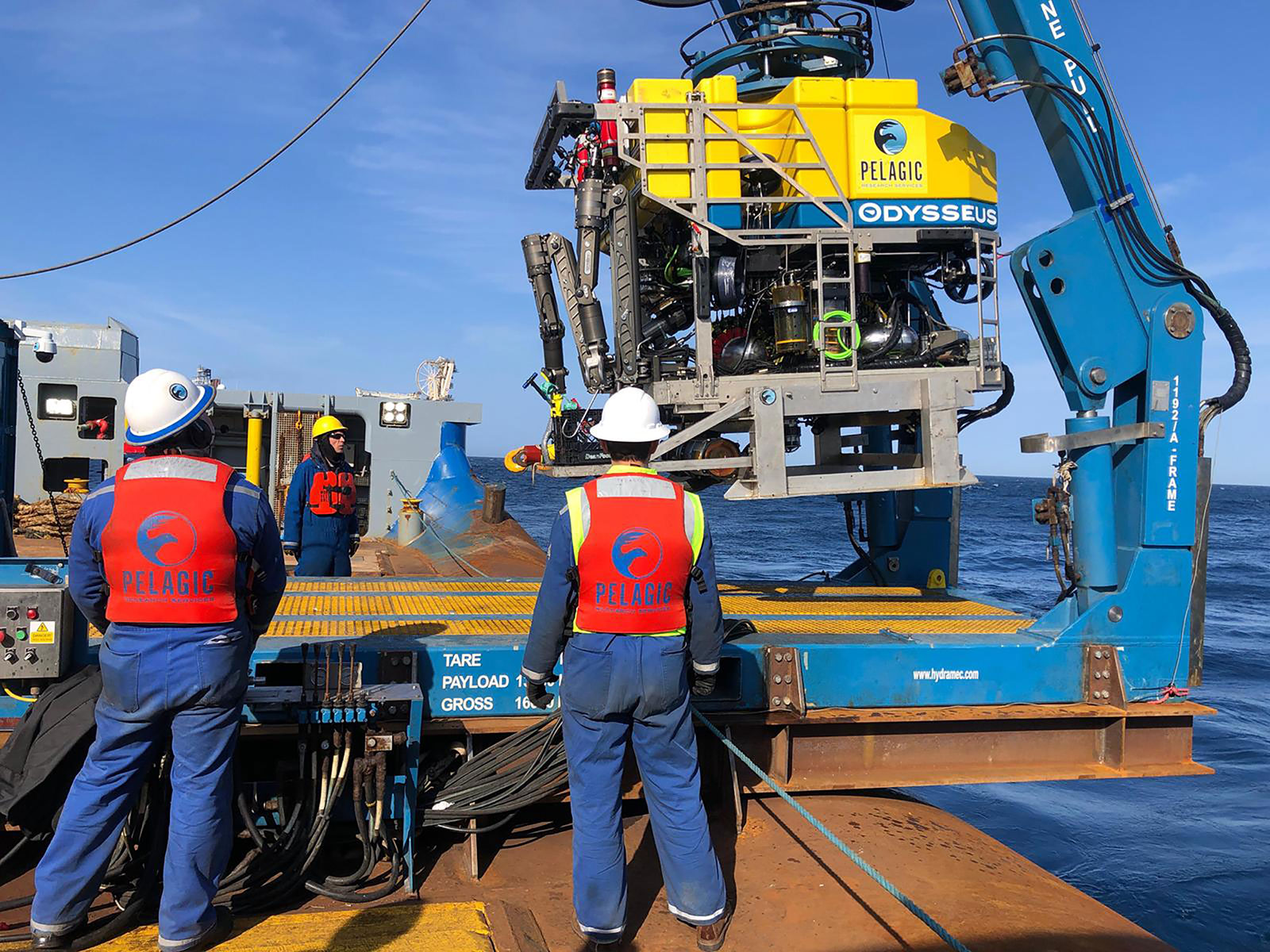A company that certifies marine vessels says it “declined a request" from OceanGate Expeditions to certify Titan, the submersible that imploded near the site of the Titanic wreckage, killing all five people on board.
The interaction came months after OceanGate had defended a decision not to certify Titan in a blog post.
Lloyd’s Register, a marine certification company, did not say why it declined to work with OceanGate on what is typically a lengthy, expensive process to certify a vessel.
The two companies came together in 2019 for Titan’s first depth dive. At the time, OceanGate put out a press release saying the dive “was validated by a representative from Lloyd’s Register.” While it invoked the name of the certification agency, OceanGate did not say the submersible had been certified, just that the dive itself had been verified.
OceanGate was touting having taken Titan to a depth of 3,760 meters (about 12,300 feet) near the Great Abaco Island in the Bahamas, according to the release. Titan, it said, was the only vehicle that could both hold five people and dive to that depth.
In a statement to CNN, Lloyd’s Register did not dispute any of the details of the dive but said that that initial meeting did not lead to an agreement to go into the certification process.
“Lloyd’s Register declined a request from Ocean Gate to provide classification following a preliminary observation of Ocean Gate testing a Titan submersible in 2019,” the company said in a statement. “Lloyd’s Register did not go on to class the installation.”
In 2018, industry experts urged OceanGate to certify Titan to ensure its safety, saying failure to do so could be catastrophic. Will Kohnen, who wrote a letter and spoke with OceanGate CEO Stockton Rush about his concerns, told CNN, “There are 10 submarines in the world that can go 12,000 feet and deeper. All of them are certified except the OceanGate submersible.”
The 2019 dive came two months after OceanGate put up a blog post defending its decision not to certify Titan, arguing it could take years, stifle innovation and “by itself, classing is not sufficient to ensure safety.” The timing shows that the company may have still been considering certification even after defending its decision not to certify.
CNN has reached out to OceanGate for comment.







